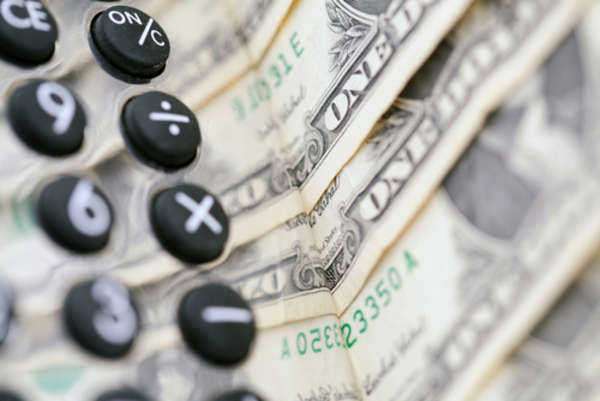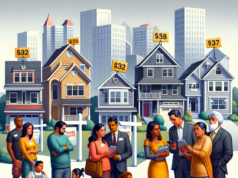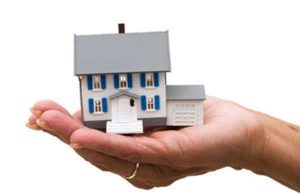The Power Of Down Payment: Unlocking The Door To Homeownership
When it comes to buying a home, one of the most significant hurdles many individuals face is coming up with a sufficient down payment. A down payment is a lump sum of money paid upfront to secure a mortgage, and it can make all the difference in securing a dream home. In this article, we’ll explore the importance of down payment, its benefits, and how it can impact your financial future.
What Is A Down Payment?
A down payment is a portion of the total purchase price of a home that is paid upfront by the buyer. Typically, it’s a percentage of the total purchase price, ranging from 3.5% to 20% or more. The remaining balance is financed through a mortgage. For example, if you buy a $200,000 home with a 20% down payment, you’ll pay $40,000 upfront and finance $160,000 through a mortgage.
Why Is A Down Payment Important?
A down Payment Serves Several Purposes:
1. Reducing Debt: By paying a significant amount upfront, you’ll reduce your monthly mortgage payments and debt burden.
2. Building Equity: A larger down payment means you’ll own more of your home immediately, giving you instant equity.
3. Better Interest Rates: Lenders often offer lower interest rates to borrowers who make larger down payments.
4. Lower Mortgage Insurance: If you put down less than 20%, you’ll need to pay private mortgage insurance (PMI), which can be costly. A larger down payment eliminates PMI.
Benefits Of A Larger Down Payment
While 20% Is Often Considered The ideal Down Payment, Even Smaller Percentages Can Have Significant Benefits:
1. Lower Monthly Payments: With a larger down payment, you’ll have lower monthly mortgage payments.
2. More Flexibility: A larger down payment gives you more flexibility to negotiate with the seller or make repairs to the property.
3. Reduced Risk: With more equity in your home, you’ll be less vulnerable to market fluctuations and potential property value drops.
Challenges And Solutions
Not everyone can afford a significant down payment. Here are some challenges and solutions:
1. Saving for a Down Payment: Create a budget and set aside a specific amount each month for savings.
2. Down Payment Assistance Programs: Many government agencies and non-profit organizations offer assistance programs for first-time homebuyers or those with limited funds.
3. Co-Signers: Consider finding a co-signer with good credit to help secure a mortgage.
Conclusion
In conclusion, a down payment is a crucial aspect of the homebuying process. By understanding the importance of down payment, its benefits, and overcoming challenges, you can unlock the door to homeownership and achieve your dreams. Whether you’re a first-time buyer or seasoned homeowner, making smart financial decisions about your down payment can have long-term effects on your financial future. So, start planning and saving today to secure your dream home tomorrow!
A Guide To Down Payments For a Home
A down payment is a payment that is used when purchasing an expensive item, like a house. The down payment initial upfront part of the total cost due and it is typically given in cash when the transaction is being finalized. After the down payment, a loan is required in order to make the full payment. A down payment can ensure that a lending institution will recover the total balance due on the loan if the borrower defaults.
In the context of real estate, the home is used by the lender as collateral in order to protect the loan against default. In the case where the borrower cannot repay the loan, the lender is then legally entitled to sell the home and retain the portion of the sale sufficient enough to cover the balance remaining on the loan, including the added interest and fees. In this case, a down payment makes it more likely for the lender to recover the full amount during a default by reducing the risk to less than the collateral’s value.
The amount of the down payment determines how much the lender is protected against various factors that can reduce the collateral’s value. It also protects the lender from lost profits between the last payment and the subsequent sale of the collateral.
Furthermore, a down payment demonstrates that a borrower can raise a given amount of money for a long-term investment, which a lender may desire to know as assurance that that the finances of the borrower are sound, and that a borrower is not borrowing loans beyond his means. In the case that the borrower cannot entirely pay off the loan, he then forfeits the down payment.
Most mortgage lenders request a cash down payment of 5%, 10% or 20% of the home’s sale price. Some lenders may also have zero-down mortgage programs where if the borrower can put down. If you can put down more cash than your lender requires, for example 25% to 30%, the lender will sometimes be willing to ignore some credit blemishes and approve the loan without having to verify income. If the borrower cannot come up with the entire down payment, for example less than 20%, before the loan is approved it may be necessary to obtain private mortgage insurance to protect the lender.
Places To Get Money For A Down Payment
Many home buyers do not have large cash reserves available right away to make a down payment. While there are options for those who cannot meet the typical 20% amount, it is ideal to try your best to reach in in order to lower monthly payments, and avoid having to purchase private mortgage insurance. Some ways to obtain the money include:
• Borrowing the money from a 401(k) plan
• Taking the money out of an individual retirement account (IRA)
• Using a gift for the down payment for the down payment
• Borrowing money for a down payment from either a friend or relative
• Purchasing a home with a person who is not your partner or spouse
• Sharing equity with friends, family, or an investor
• Using the equity of an existing home




























